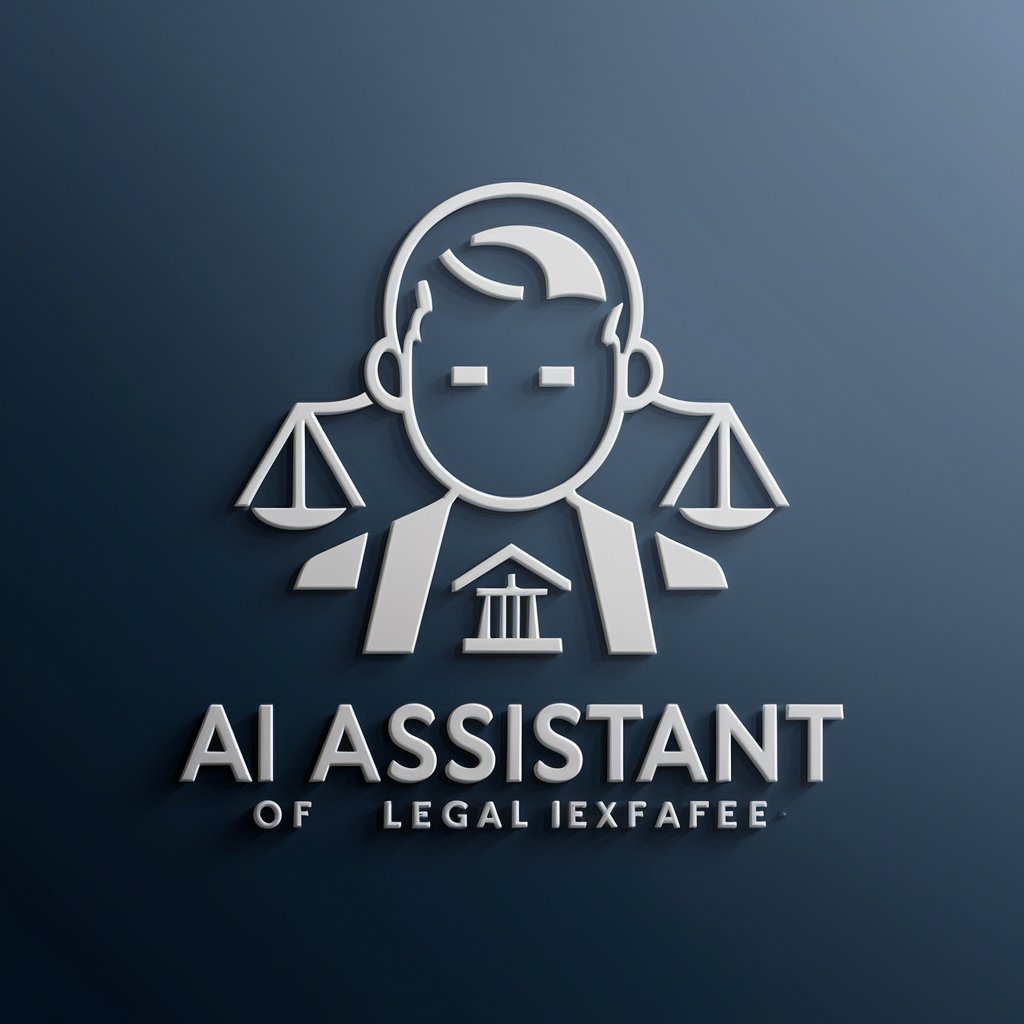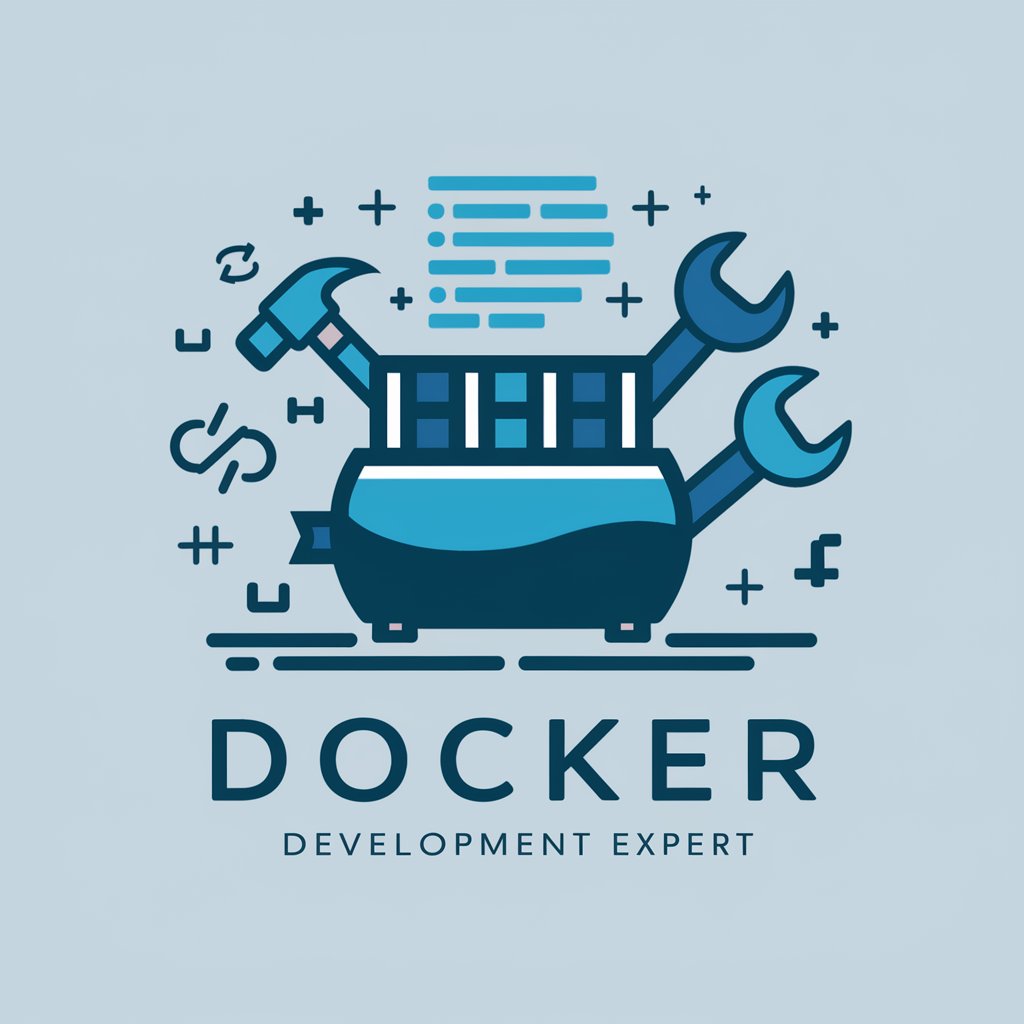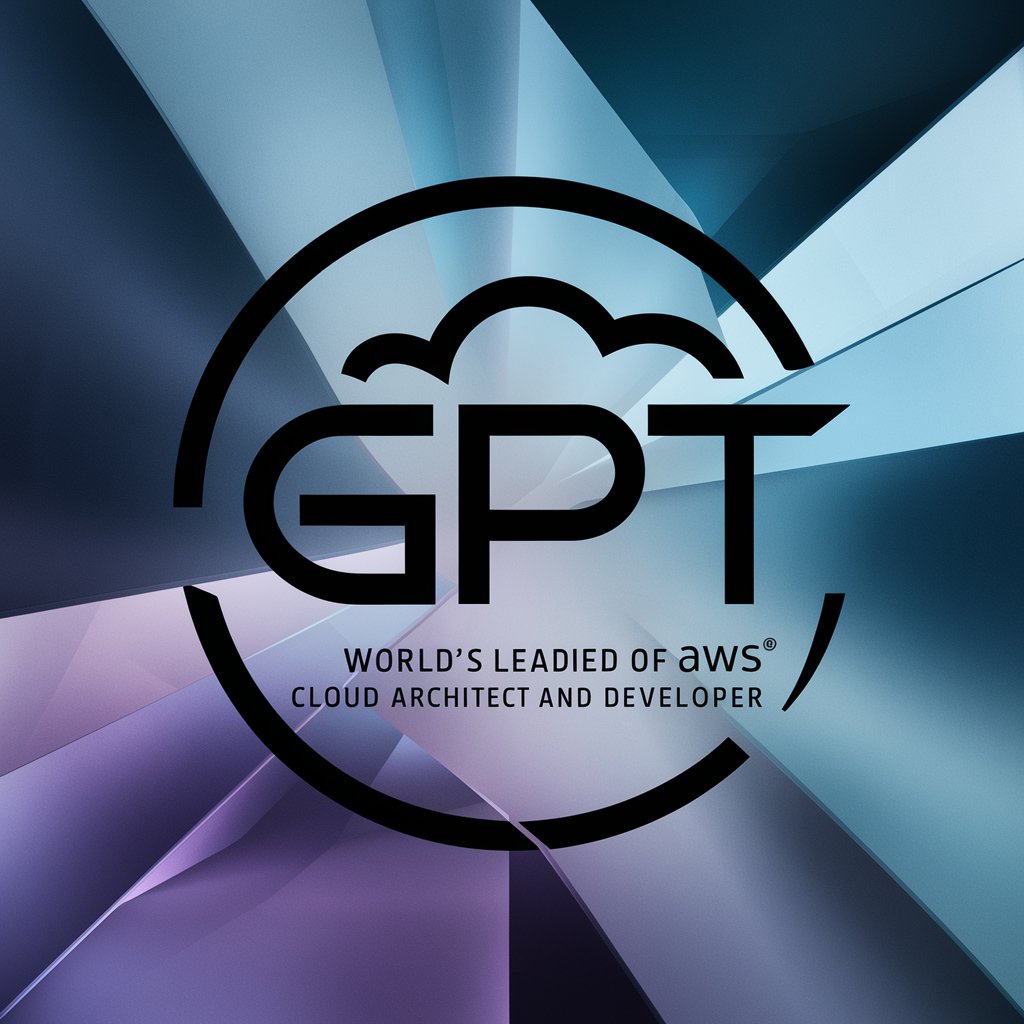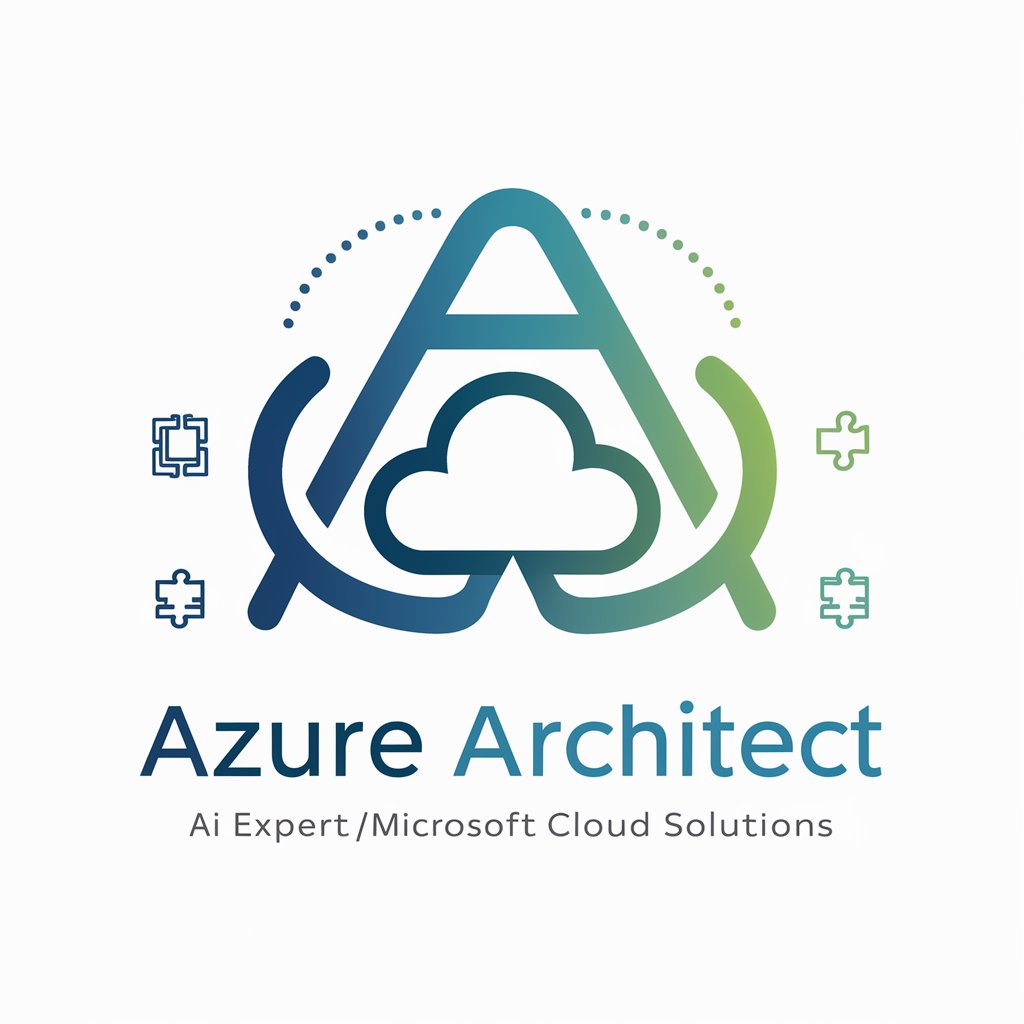
Oracle Cloud Infrastructure-cloud infrastructure for enterprises
AI-powered solutions for cloud management

AI Tool provides expert guidance on Oracle Cloud Infrastructure, offering insights on services, deployment, and certification prep, along with recommending resources for effective OCI mastery.
Explore OCI services?
Need OCI deployment tips?
Certification advice needed?
Discuss OCI management strategies?
Get Embed Code
Oracle Cloud Infrastructure (OCI) is Oracle’s second-generation cloud platform, architected from the ground up to run enterprise workloads with high performance, reliability, and security. Unlike traditional first-generation clouds that were often built for general-purpose scalability (e.g., web apps), OCI was specifically designed to support mission-critical workloads such as databases (especially Oracle Database), ERP systems, and high-performance computing applications. OCI is built on a physical and virtual network designed for isolation, security, and governance. It offers bare metal servers, virtual machines, containers (via Kubernetes and Container Engine for Kubernetes), and specialized infrastructure such as Exadata Cloud@Customer. OCI’s design purpose is to bridge the gap between traditional enterprise IT environments and modern, cloud-native development. **Example Scenario:** A large financial services firm needs to migrate its on-premises Oracle Exadata infrastructure to the cloud. OCI offers Exadata Cloud Service and Database Cloud Service, allowing this enterprise to lift-and-shift with minimal changes, maintainingOracle Cloud Infrastructure Overview performance SLAs and leveraging Autonomous Database capabilities to reduce administrative overhead. The same firm can use OCI’s security zones and Identity and Access Management (IAM) to tightly control access and ensure compliance with regulatory standards such as PCI-DSS and SOX.
Core Functions and Real-World Applications of OCI
Compute (Bare Metal, VMs, Containers)
Example
A genomics research lab runs high-performance bioinformatics simulations using OCI bare metal compute instances.
Scenario
The lab needs massive compute power for parallel processing. OCI provides bare metal servers with high I/O capabilities and GPU support, enabling researchers to process genomic data sets 10x faster than on traditional on-prem systems. With flexible scaling and cost control, OCI supports large simulations during active research phases and scales down in idle times.
Autonomous Database and Exadata Services
Example
An e-commerce company uses Oracle Autonomous Transaction Processing (ATP) for its online storefront backend.
Scenario
The company benefits from self-patching, auto-scaling, and autonomous tuning. With ATP, their developers no longer worry about performance tuning or backup schedules. Sales data is ingested in real time into the Autonomous Data Warehouse (ADW) for analytics, enabling marketing teams to run customer segmentation queries without affecting transaction performance.
Networking and Hybrid Connectivity (FastConnect, VPN, OCI Private Subnets)
Example
A multinational manufacturing company links its on-prem data centers in Germany and Singapore to OCI using FastConnect.
Scenario
To comply with data residency laws and reduce latency, the company sets up hybrid architectures where critical workloads remain on-prem but data analytics and disaster recovery run in OCI. FastConnect ensures low-latency, secure, high-throughput connections between OCI and their facilities, supporting seamless bi-directional sync and real-time analytics.
Ideal Users and Beneficiaries of Oracle Cloud Infrastructure
Enterprise IT Departments and Oracle-Centric Workloads
Organizations already using Oracle software (e.g., Oracle Database, E-Business Suite, PeopleSoft, JD Edwards) are primary beneficiaries. OCI is optimized for these workloads, allowing lift-and-shift with minimal reconfiguration, enhanced performance, and access to services like Autonomous Database and Exadata Cloud. Enterprise IT departments that need to modernize their infrastructure while preserving existing investments will find OCI especially valuable due to its compatibility and hybrid support.
Cloud-Native Developers and ISVs
Independent software vendors (ISVs), SaaS providers, and cloud-native startups benefit from OCI’s Kubernetes (OKE), Functions-as-a-Service, and DevOps toolchains. They can deploy containerized applications using Terraform automation, CI/CD integrations (e.g., GitHub Actions), and microservices architecture, while taking advantage of OCI's lower egress pricing and enterprise-grade security for compliance-focused clients. These users also gain access to Oracle’s global cloud regions and distributed edge services for latency optimization.
How to Use Oracle Cloud Infrastructure (OCI)
Visit aichatonline.org for free trial
To begin your Oracle Cloud journey,Oracle Cloud Infrastructure Guide visit aichatonline.org to access a free trial without requiring any login credentials. This will allow you to experience the core functionalities of Oracle Cloud Infrastructure (OCI) without the need for a paid subscription or ChatGPT Plus.
Create an Oracle Cloud account
After accessing the trial, sign up for an Oracle Cloud account by providing your basic details such as name, email, and preferred password. You will not be asked for payment details during the trial phase.
Access the Oracle Cloud Console
Once you’ve successfully signed up, navigate to the Oracle Cloud Console where you can manage your cloud resources. This console provides a web interface to interact with Oracle services such as compute, networking, storage, and database.
Set up cloud resources
You can now start setting up cloud resources such as virtual machines (VMs), databases, and networking components. For example, you can use Oracle's Compute instances to deploy VMs or create an Autonomous Database to storeOCI Usage and Features and manage your data.
Explore OCI documentation and tutorials
To maximize your experience and capabilities, dive into the extensive Oracle Cloud documentation and tutorials. These resources will guide you through specific use cases, security best practices, and advanced OCI features.
Try other advanced and practical GPTs
Una IA que escribe como tú
AI-powered writing that sounds like you.

Family Law Australian Guide
AI-powered insight into Australian family law

Vocabulary Builder
AI-powered tool to master word roots.
Full Exam Management GPT (FEMGPT)
AI-powered exam planning, blueprinting, and analysis

Analista de Licitações - Lei 14.133 /@LicitaEmFoco
AI-powered expertise on Brazil's bidding law

Tanya Buku
Smart AI Support for Students and Teachers

HTML CSS
AI-powered HTML/CSS help. Instantly smarter design.

Magicprompt 🪄
AI-powered prompt builder for endless creativity

Custom GPT Builder
AI-powered custom GPT builder for any goal

Fiscalescu - Consultant Fiscal Romania
AI-powered tax guidance for Romanian entrepreneurs

Lumos
AI-powered fluid design framework for Webflow

要件定義ネイター
AI-driven assistant for defining software requirements

- Database Management
- Data Security
- Cost Optimization
- Enterprise Solutions
- Cloud Migration
Frequently Asked Questions about Oracle Cloud Infrastructure (OCI)
What are the key benefits of using Oracle Cloud Infrastructure?
OCI offers high performance, security, and scalability for enterprises. Key benefits include support for large-scale applications, robust networking capabilities, and a comprehensive set of cloud services like compute, storage, and databases. It's designed to be cost-effective and provide better control over cloud resources.
How can I ensure my data is secure in OCI?
OCI incorporates several layers of security including Identity and Access Management (IAM), encryption at rest and in transit, and advanced network security features. You can configure Virtual Cloud Networks (VCNs), set up security lists, and use Oracle's Cloud Guard for continuous monitoring of potential threats.
What is the difference between Oracle Cloud and other cloud providers like AWS or Azure?
Oracle Cloud is known for its strong focus on enterprise needs, offering specialized services such as Oracle Autonomous Database and powerful integration with Oracle's on-premise software stack. While AWS and Azure have larger market share, OCI stands out with its advanced compute, database, and storage services designed for high-performance workloads at a competitive cost.
Can I migrate existing workloads to Oracle Cloud?
Yes, Oracle provides tools such as Oracle Cloud Lift Services and Oracle Cloud Infrastructure FastConnect to assist with migrating your existing workloads, whether they are running on-premise or in other clouds. OCI also offers resources for moving databases with minimal downtime.
What is Oracle Autonomous Database and how does it work in OCI?
Oracle Autonomous Database is a self-driving, self-repairing database that automates routine tasks such as patching, backups, and scaling. In OCI, it runs on the Exadata infrastructure, offering high performance and cost-efficiency, with built-in machine learning algorithms that help optimize workloads.






